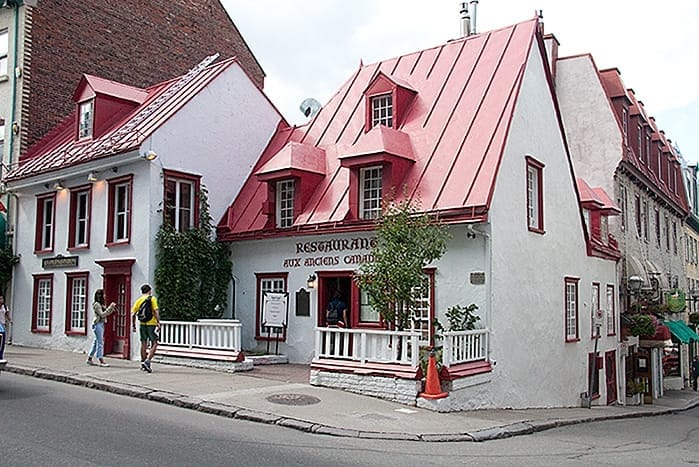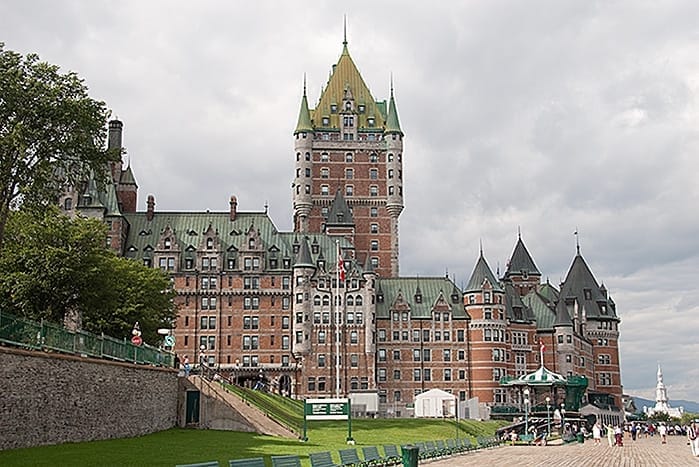Quebec, the capital of the eponymous province in Canada, was founded in 1608 by Samuel de Champlain. Until 1759, Quebec remained under French government.
After the British won the Battle of the Plains of Abraham, the city needed to surrender and the Treaty of Paris in 1763 brought Quebec and Canada under the British crown. Twelve years later, an attempt of the USA to capture the city failed.
You are currently viewing a placeholder content from YouTube. To access the actual content, click the button below. Please note that doing so will share data with third-party providers.
More InformationThe name Quebec is derived from the expression Kebek from the Algonquian language. Kebek means bottleneck and refers to the narrowness of the Saint Lawrence River in Quebec. At this point, the river crossing was the easiest.
The heavy guns, which we discovered almost everywhere in the city, testify Quebec’s strategic importance. The old fortifications, extending beyond the fort and 4.6 kilometers across the city, give the city a historical flair.

Through the gate in the Rue St-Louis, we reach the former ammunition depot of the city. The Place d’Youville is a popular meeting place. The city gate Kent and the adjoining historic bastions are an impressive sight. In 1985, the fortifications of Quebec were included in the list of UNESCO World Heritage Site.

A street party is being prepared in the Rue Saint-Jean.
We continue our walk towards the old town, a real tourist magnet, marked by its European appearance. Narrow streets and crooked buildings await the visitors.

Maison Jacquet from 1677 is the oldest originally preserved building of Québec. Today, it serves as a restaurant which recommends itself for lobster from the area.
Quebec has a reputation for preparing the best Lobster in the country. Of course the French cuisine contributes to this reputation.

One should not miss a tour through the Château Frontenac, with its narrow bay windows and battlements.
The Dufferin Terrace is a popular promenade with lovely views of the Lower Town and the St. Lawrence River.Of course, you find musicians, singers and artists here.

Part of the terrace was occupied by archaeologists, who were busy with excavations in the palace of the governor of New France. The palace was completely destroyed by the attacks of the British in the early 19th century.
Right in the middle of Place d’Armes is a massive monument with the statue of Samuel de Champlain, the founder of this city.
Please read on > Place Royale
Text, photos and video: Copyright © myVideoMedia